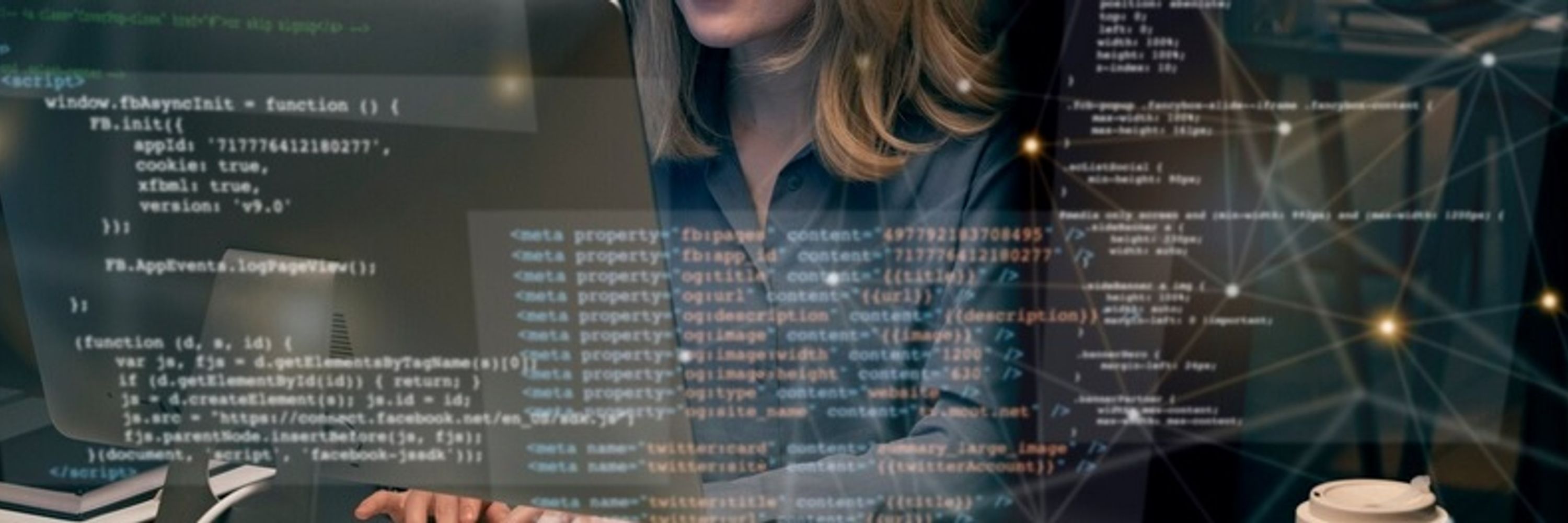
Human She/her.

P: Vertex with position only
PC: Position + Color
PNT: Position, Normal, UV,
PNTJ: Position, Normal, UV, Joint
Etc... It even supports up to dual textures! 😄

P: Vertex with position only
PC: Position + Color
PNT: Position, Normal, UV,
PNTJ: Position, Normal, UV, Joint
Etc... It even supports up to dual textures! 😄
This opens up so many possibilities for my custom tools, level editors, and game development workflows in .NET! 🚀
This opens up so many possibilities for my custom tools, level editors, and game development workflows in .NET! 🚀
I can’t believe I didn’t think of that sooner - reusable semaphores for the win! 🙌💻✨
I can’t believe I didn’t think of that sooner - reusable semaphores for the win! 🙌💻✨

